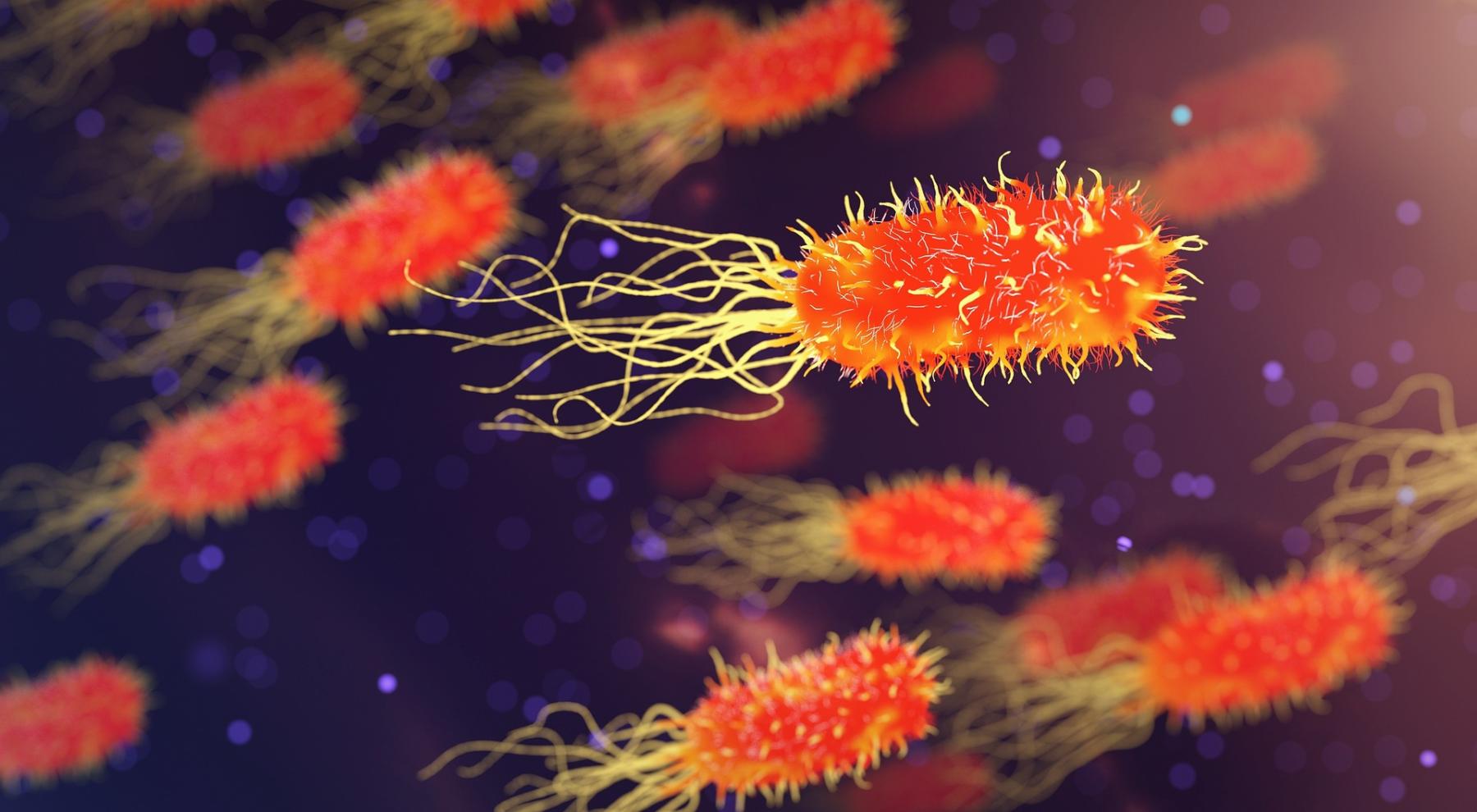
Microscopy
by Cristi Sims
In studying science, we are limited by the bounds of our own senses when collecting data. By developing technology that allows us to enhance and extend our senses, we can study things we would not ordinarily be able to. Telescopes look into the farthest reaches of space and microscopes enable us to look deep within our own cells. By using microscopes, we can observe cells on a level that we could never see with our naked eyes. This lesson plan includes digital resources to enhance a student's understanding of scale, parts of a microscope, how to use a microscope and then taking photos/videos with their own cell phones through the microscope to obtain real images of cells that they will discuss in a video submission.
Lesson Plan Link/URL
https://docs.google.com/presentation/d/1L_2GKC3gXdJD4btzukFm-G4rPpLzZPLz/edit?u…
Featured
Off
Related Content

Grades:
11th Grade, 12th Grade
This lesson will show you how to test a protein with a spectrophotometer and teach the students about serial dilutions

Grades:
9th Grade, 10th Grade, 11th Grade, 12th Grade
A high school physics lesson plan asking students to use guided inquiry and discover how current moves through series and parallel circuits. Students then share their results by using technology to

Grades:
9th Grade, 10th Grade, 11th Grade, 12th Grade
Students will use Gel Electrophoresis to diagnose the dominant, fatal, genetic disorder of Huntington's Disease, a neurodegenerative disorder caused by an excessive number of CAG repeats in the DNA

